Jharkhand, Development and Politics: Avenues and Challenges
Although Jharkhand holds only 2.3 per cent of the total land area of India, it holds over 36 per cent of the mineral resources of the country. Jharkhand contributed almost 23 per cent of the mineral wealth of India. In contrast 40 per cent of its total population of 2,69,09,428 (2001 census) is still below poverty line and depends on the state for subsidized food, struggling for its existence. This population is equivalent to the population of two European countries: Ireland and Denmark. So, a population equal to two well developed countries of Europe is reeling under poverty in Jharkhand and surviving on less than Rs. 50 a day. In Jharkhand, 70 per cent of its people depend on agriculture for their livelihood. The total cultivated land in Jharkhand is only 18057 lakh hectares, out of which a meager 1.97 lakh hectares is irrigated. An immediate corollary of this is, regular droughts and chronic migration of people every years. Jharkhand is one of the biggest grain-deficit states in the country. The per capita availability of foodgrains in Jharkhand is only 230 grams per day, against the average per capita availability of 523 grams per day at all-India level. Literacy is a crucial parameter of development. At 33rd position out of a total of 34 states and union territories, Jharkhand is at the bottom of literacy level in the country, which is abysmally low at 53.6 per cent. The infant mortality and maternal death rate in Jharkhand is one of the highest in the country and comparable only to the poorest sub-Saharan African countries. Child mortality is 92 per thousand and around 58,000 children die every year due to the absence of even basic medical provision in Jharkhand.
Get it now and save 10%
BECOME A MEMBER

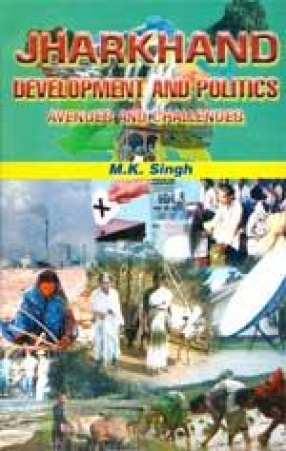

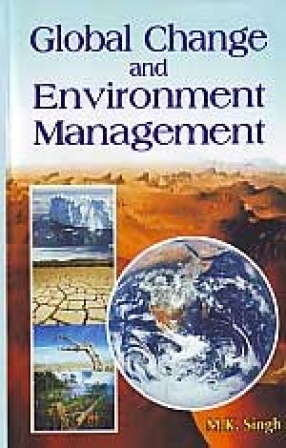
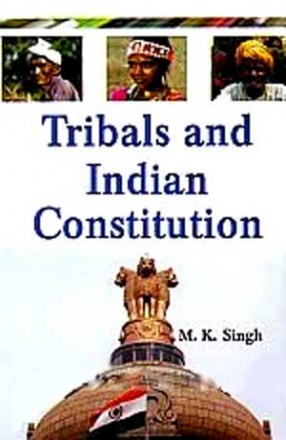
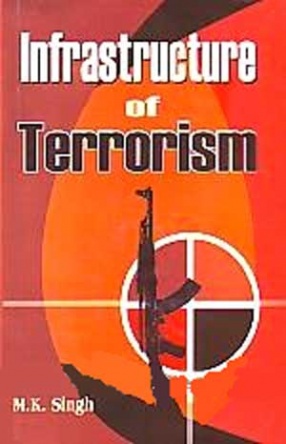
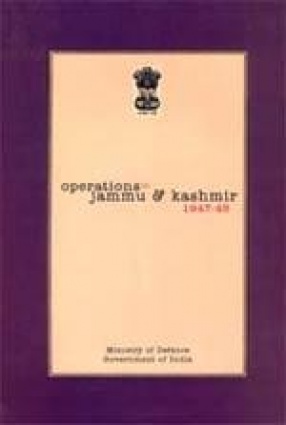
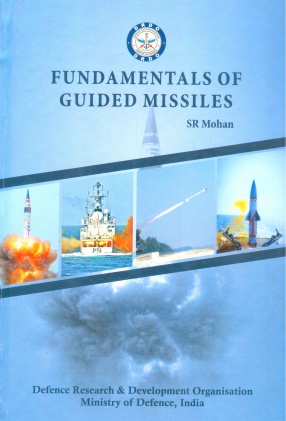
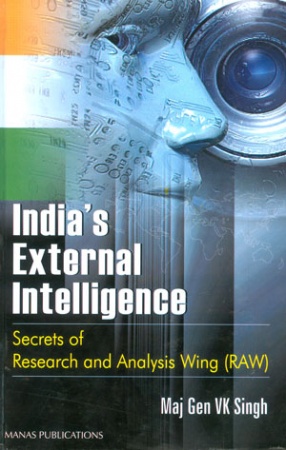
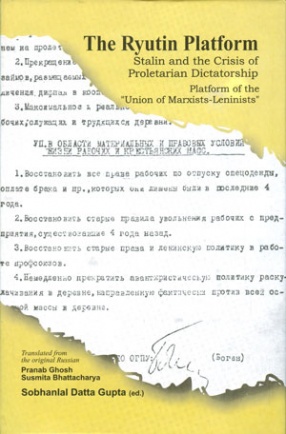

Bibliographic information